
|
|
|
|
|
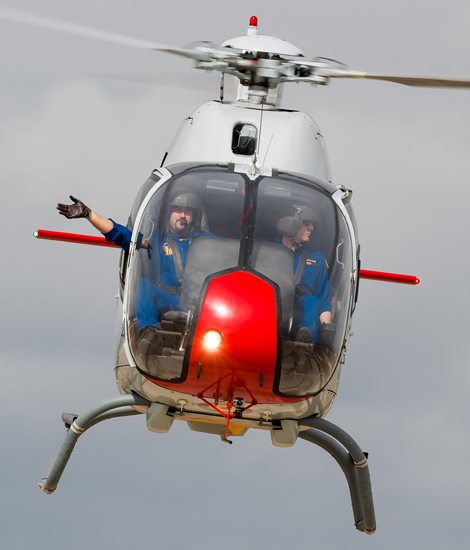
|
Ejercito del Aire de Espana; Torrejon, October 9 - 12, 2014
The Spanish Air Force, part 3; Text and Photograph's by Alex van Noye
During the festivities of the Spanish Air Force's the 75th anniversary of the Ejercito del Aire de Espana was celebrated. All types of aircraft of the Spanish Air Force were represented at this event. In the list which follows an overview is given of the active aircraft of the Spanish Air Force and their current home bases.
The Spanish Air Force (Ejercito del Aire de Espana) is the most important part of the Spanish Armed Air Forces. Other components of the air forces are the FAMET of the Spanish Army and the Arma Aerea de la Armada Espanola of the Spanish Navy. The Spanish Air Force formally exists since 1939 and this year it celebrates its 75th anniversary. The Spanish Air Force has a turbulent past which ended after the death of the fascist leader Franco in 1975. Soon after this period the country was concentrated to the west and in 1982 Spain became a member of NATO. The Spanish Air Force was drastically modernized in this period and many new modern aircraft were purchased. Aircraft such as the French Mirage III and Mirage F1 formed the backbone of the Air Force in the 70s and partly in the 80s. The most important national tasks of the Spanish Air Force consist of monitoring the national airspace against intruders, rescuing people in need (SAR), fire-fighting and transport tasks. The SAR task is a comprehensive task because the country has a long coastline with some islands far from land. The forest fire fighting is a necessary evil. Summers can be very hot in Spain and especially inland very dry. Spain makes also its contribution to international missions. In the coming years the Air Force is going to upgrade again. The Eurofighter is one of the newest aircraft of the Air Force. Also new helicopters will be purchased in the form of the NH90. Transport aircraft of the type Airbus A400M will replace the Hercules aircraft.
The Spanish Air Force used for the identification of the aircraft an alphanumeric system. This system ensures that a part of the serial number of a plane or helicopter is fixed to identify a type. The registration number can be found on most aircraft and helicopters on the tail. The granted letters indicate what type of aircraft it is. For instance, the letter stands C for Cazabombardero (fighter-bomber), A for Ataque (attack), P for Patrulla (patrol), E for Ensenanza (training), H for Helicoptero
|
|
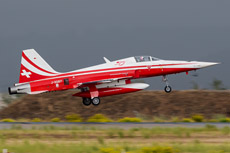
|
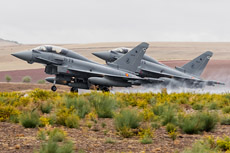
|
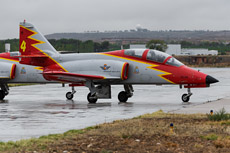
|
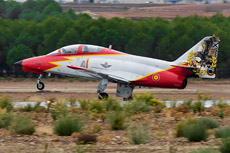
|
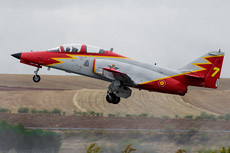
|
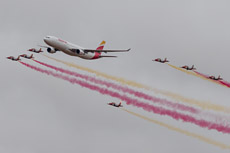
|
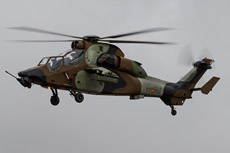
|
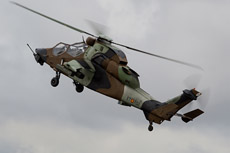
|
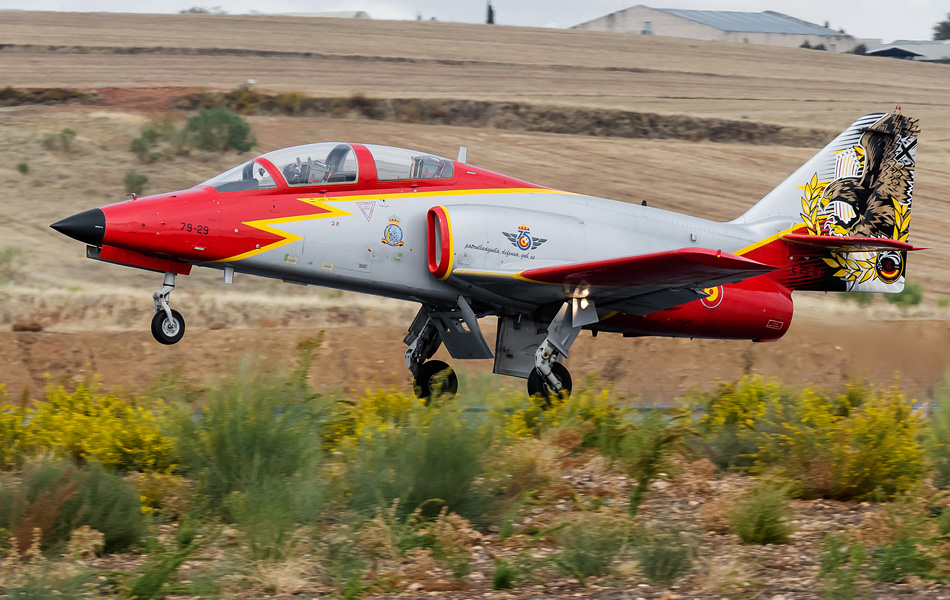
|
(helicopter) and U for Utilidad (utility). An example is the designation of the F/A-18 in Spain, which is indicated by a number such as, for example, C.15-25. The C in the number indicates that it is a fighter-bomber (Cazabombardero). The number 15 indicates that the F/A-18 is the fifteenth fighter which entered service within the Spanish Air Force. The EF2000 is the sixteenth aircraft which entered service and is therefore referred to as C.16-01 for example. When the number of the F/A-18 has the number 25, it means it is the sequence number of the type in this example it refers to the twenty-fifth F/A-18. There are also variants of several letters in a number of aircraft. For example, the two-seat version of the F/A-18 is designated in Spain with numbers like CE.15-05. The E Ensenanza indicates that this two-seat version of the F/A-18 is intended for training purposes but the aircraft can also be used for combat missions. Besides this way of numbering, the Spanish aircraft have also a code which can mostly be found near the cockpit section. The Code 12-16 is the indication of Ala 12 (12 Wing) and it is the 16th aircraft in this specific unit.
The initial pilot training in Spain starts for the aspiring pilots on the Beach Craft F33C Bonanza. This small aircraft is used to teach pilots the basics of flying. The aircraft are stationed at Vallodolid-Villanubla where they fly at the 422 Escuadron which is part of the 42 Gruppo. The Spanish Air Force has 22 aircraft of the originally 55 aircraft in use for training; the rest is sold to civil operators. After the initial training the pilots go to Murcia-San Javier for the flying course on the ENAER T-35 Pillan. The Air Force has 37 of these propeller-driven trainers in use. The aircraft was originally designed and built in Chile in South America. The planes fly at the 791 Escuadron which is part of the AGA (Academia General del Aire) which is the flight academy of the Spanish Air Force. The most famous training plane in Spain is the Casa 101 Aviojet of which 96 were delivered to the Spanish Air Force. The basic training on this type is based at Murcia-San Javier and is performed by the 793 Escuadron associated with the AGA. The most famous unit is the Patrulla Aquila which is also part of the AGA and is known as the 794 Escuadron. The advanced course is located in Salamanca-Matacan at the 741 Escuadron. The last phase of the training takes place at Badajoz-Talavera la Real where students train with the Northrop SF-5. The 19 operational SF-5M trainers are part of Ala 23, and belong to the 231 and the 232 Escuadron.
The training of helicopter pilots is done at Granada-Armilla. For the training of helicopter pilots the air force is using 15 Eurocopter EC120B Colibri helicopters. The helicopters are part of Ala 78 and fly at the 782 Escuadron. The instructors of this unit also form the famous Patrulla Aspa display team. The Sikorsky S-76C Spirit helicopters are assigned to the 781 Escuadron which is also part of Ala 78 at Granada-Armilla. These helicopters are used for the advanced helicopter training. After For the SAR mission, the Spanish Air Force has six Aerospatiale SA330J Puma helicopters in use. These helicopters are all stationed at Mallorca-Son San Juan at Ala 49 where they fly at the 801 Escuadron. For transporting heavy loads and large groups of men, the Spanish Air Force uses the Eurocopter AS332 Super Puma and the Eurocopter AS532 Cougar. Four AS332M1 and the two AS532L helicopters are suitable for VIP transport and are stationed at Madrid Cuatro Vientos. These helicopters fly at Ala 48 at the 402 Escuadron. The eight AS332Bs fly in the SAR role and are spread over two airfields, namely Madrid-Getafe at the 803 Escuadron of Ala 48 and Las Palmas-Gando at the 802 Escuadron at Ala 46. For fighting forest fires the Spanish Air Force has the Canadair CL415 and CL215T firefighting aircraft. There are currently 14 CL215T and three CL415 aircraft in use. The yellow fire-fighting planes are all stationed at Madrid-Torrejon de Ardoz at the 431 Escuadron and the 43 Gruppo.
|
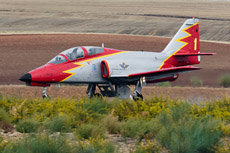
|
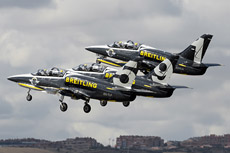
|
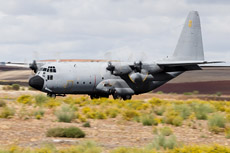
|
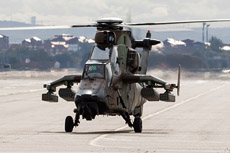
|
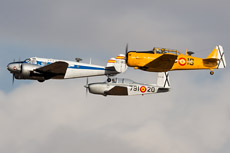
|
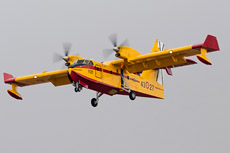
|
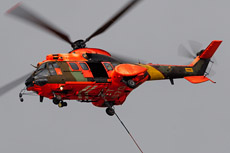
|
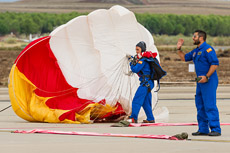
|
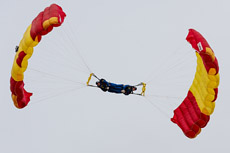
|
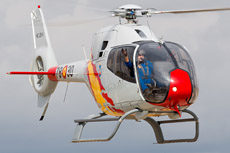
|
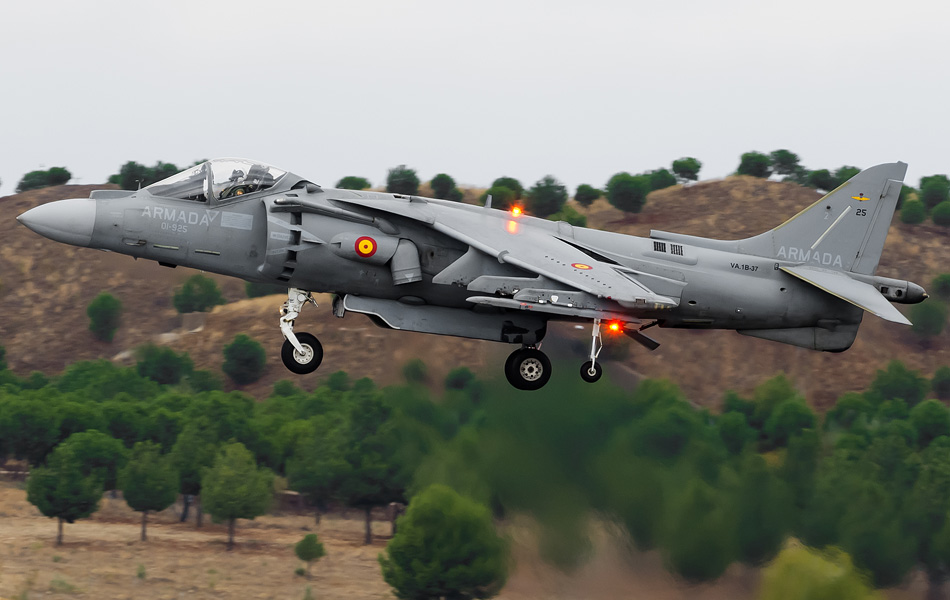
|
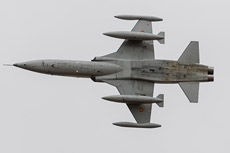
|
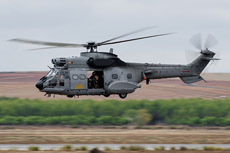
|
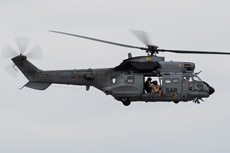
|
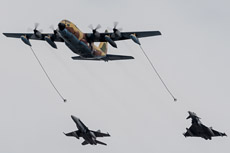
|
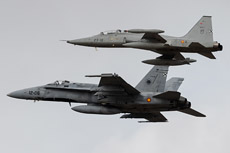
|
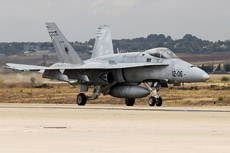
|
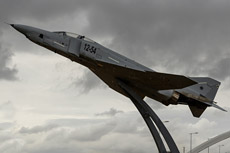
|
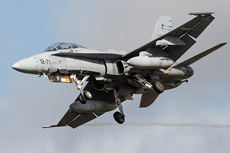
|
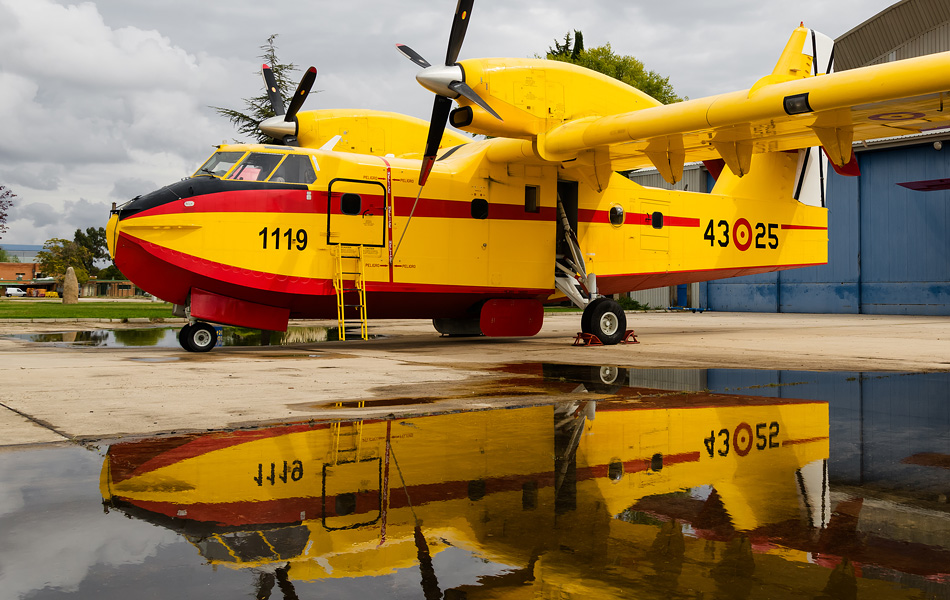
|
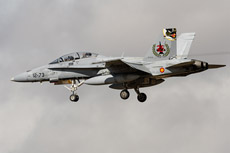
|
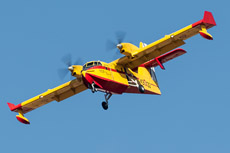
|
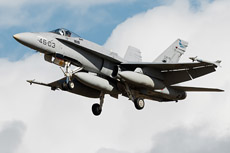
|
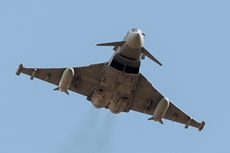
|
|
|

|







